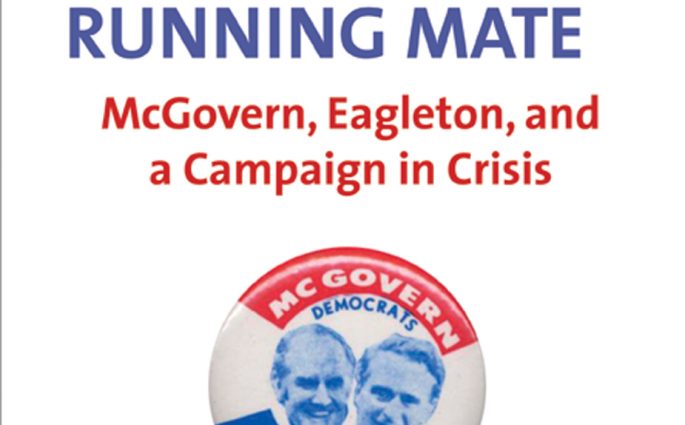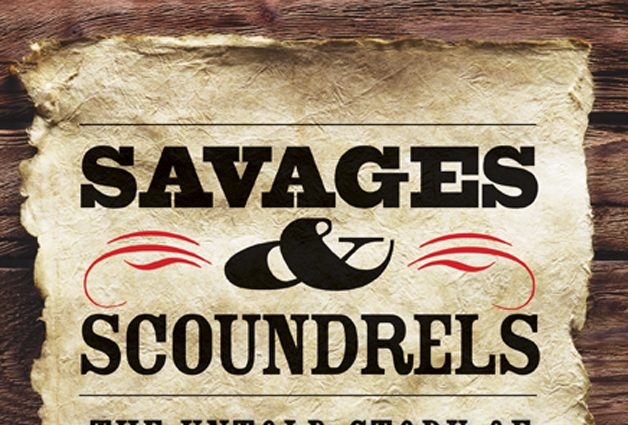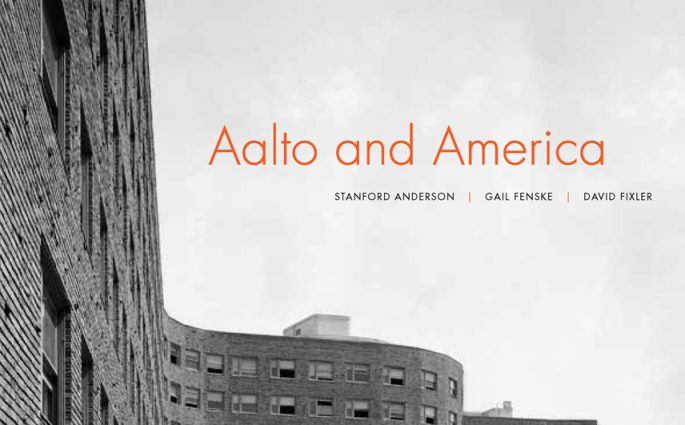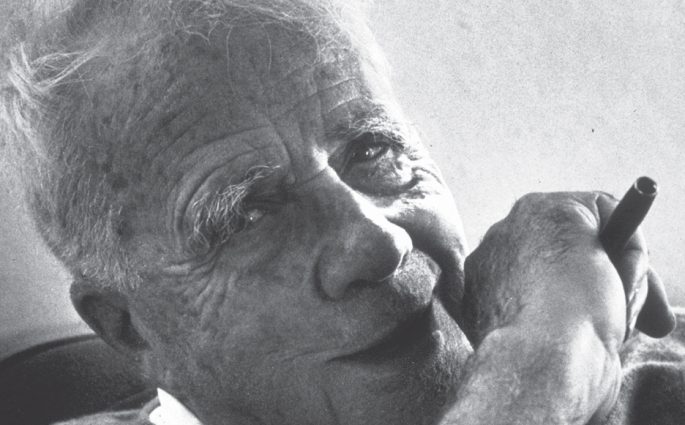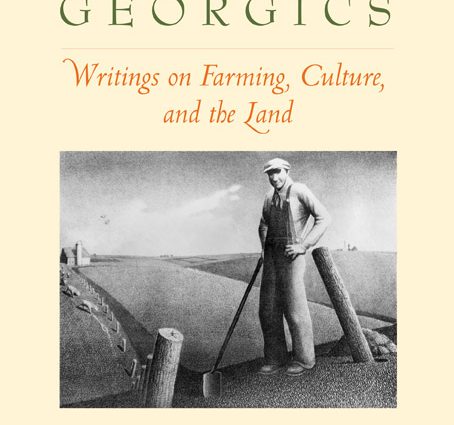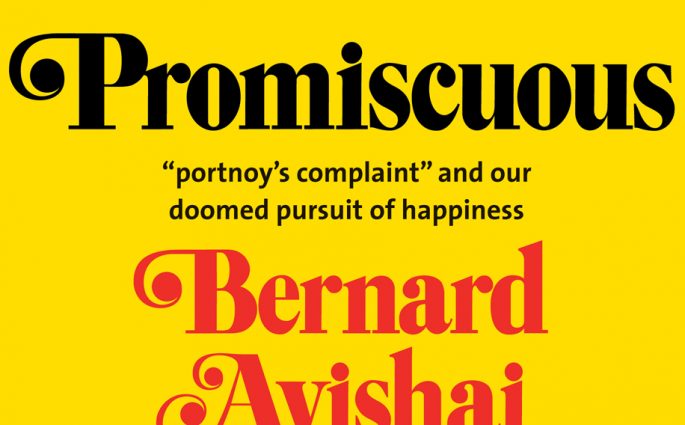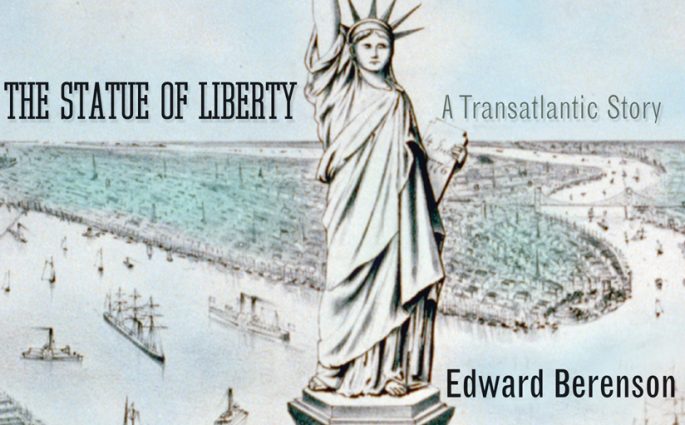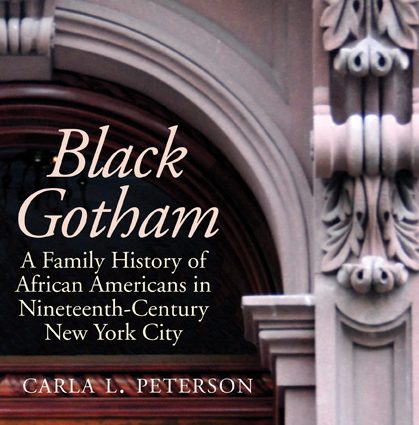A Prolonged Silence: John Cage and Still After
Follow @yaleARTbooks September 5, 2012 marks the 100th birthday of American composer John Cage, most often known for the silently performed 4’33’’. Though Cage’s silence as a composition has been deeply considered on Yale University Press’s list with Kyle Gann’s Icons of America book, No Such Thing as Silence, the


